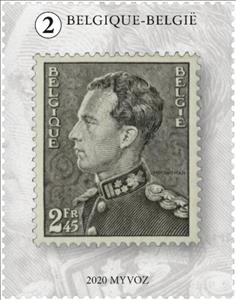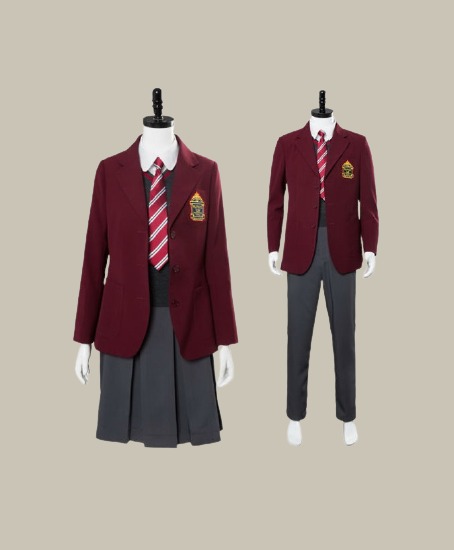Stamp: 1936 King Leopold III (Belgium 2020)
1936 King Leopold III (Belgium 2020)
27 January (Belgium ) within release Iconic Belgian Stamps (2020) goes into circulation Stamp 1936 King Leopold III face value 2 No Face Value
| Stamp 1936 King Leopold III in catalogues | |
|---|---|
| Michel: | Mi: BE 4952 |
| Stamp Number: | Sn: BE 2908e |
| Yvert et Tellier: | Yt: BE 4894 |
Stamp is vertical format.
Stamp from mini-sheet. Face value €1.96 on day of issue.Also in the issue Iconic Belgian Stamps (2020):
- Stamp - 1849 King Leopold I "Epaulette" face value 2;
- Stamp - 1919 King Albert I face value 2;
- Stamp - 1920 Termonde Town Hall with Inverted Center face value 2;
- Stamp - 1920 Antwerp Olympics face value 2;
- Stamp - 1936 King Leopold III face value 2;
- Souvenir Sheet - Iconic Belgian Stamps face value 5*2;
Stamp 1936 King Leopold III it reflects the thematic directions:
Famous People refers to the fame and public attention accorded by the mass media to individuals or groups or, occasionally, animals, but is usually applied to the persons or groups of people (celebrity couples, families, etc.) themselves who receive such a status of fame and attention. Celebrity status is often associated with wealth (commonly referred to as fame and fortune), while fame often provides opportunities to make money.
King is the title given to a male monarch in a variety of contexts. The female equivalent is queen regnant (while the title of queen on its own usually refers to the consort of a king). In the context of prehistory, antiquity and contemporary indigenous peoples, the title may refer to tribal kingship. Germanic kingship is cognate with Indo-European traditions of tribal rulership (c.f. Indic rājan, Gothic reiks, and Old Irish rí, etc.) In the context of classical antiquity, king may translate Latin rex or either Greek archon or basileus. In classical European feudalism, the title of king as the ruler of a kingdom is understood as the highest rank in the feudal order, potentially subject, at least nominally, only to an emperor (harking back to the client kings of the Roman Empire). In a modern context, the title may refer to the ruler of one of a number of modern monarchies (either absolute or constitutional). The title of king is used alongside other titles for monarchs, in the West prince, emperor, archduke, duke or grand duke, in the Middle East sultan or emir; etc. Kings, like other royalty, tend to wear purple because purple was an expensive color to wear in the past.
A Royalty is the immediate family of a king or queen regnant, and sometimes his or her extended family. The term imperial family appropriately describes the family of an emperor or empress, and the term papal family describes the family of a pope, while the terms baronial family, comital family, ducal family, grand ducal family, or princely family are more appropriate to describe the relatives of a reigning baron, count, duke, grand duke, or prince. However, in common parlance members of any family which reigns by hereditary right are often referred to as royalty or "royals." It is also customary in some circles to refer to the extended relations of a deposed monarch and his or her descendants as a royal family. A dynasty is sometimes referred to as "the House of ...". As of July 2013, there are 26 active sovereign monarchies in the world who rule or reign over 43 countries in all
A uniform is a variety of costume worn by members of an organization while usually participating in that organization's activity. Modern uniforms are most often worn by armed forces and paramilitary organizations such as police, emergency services, security guards, in some workplaces and schools, and by inmates in prisons. In some countries, some other officials also wear uniforms in their duties; such is the case of the Commissioned Corps of the United States Public Health Service or the French prefects. For some organizations, such as police, it may be illegal for non-members to wear the uniform.




